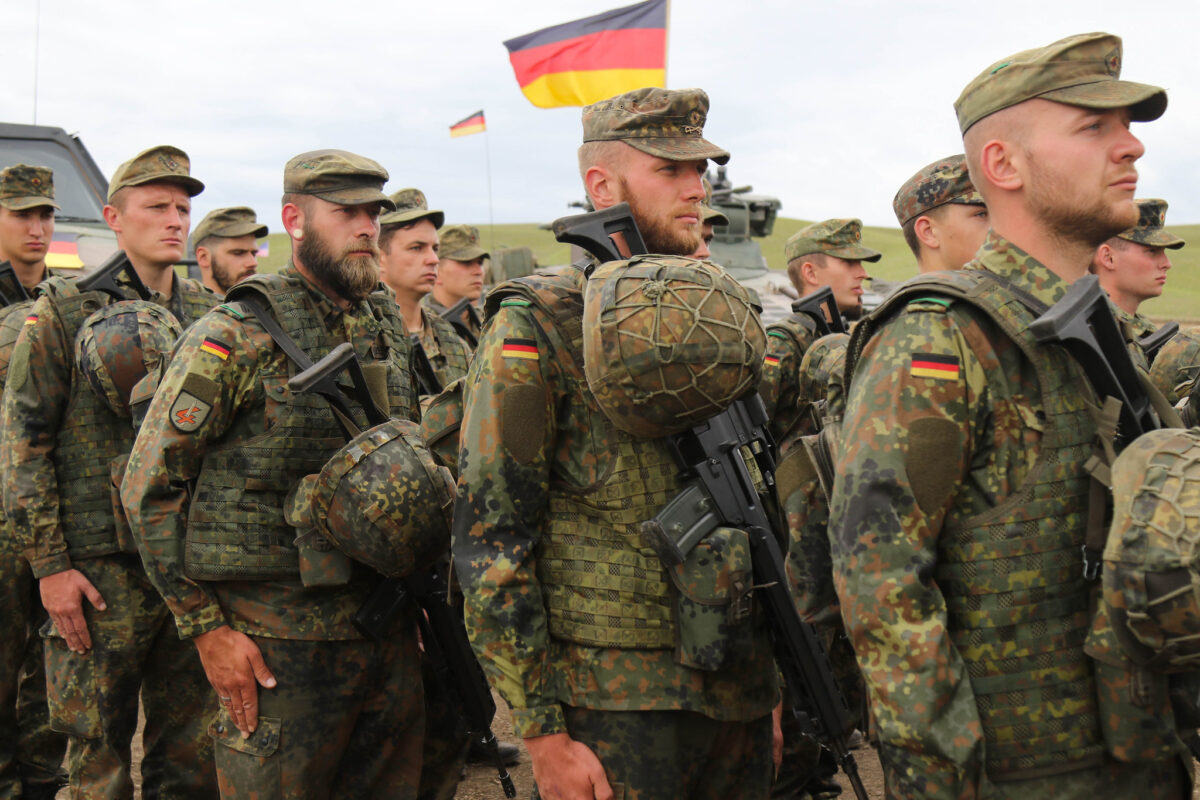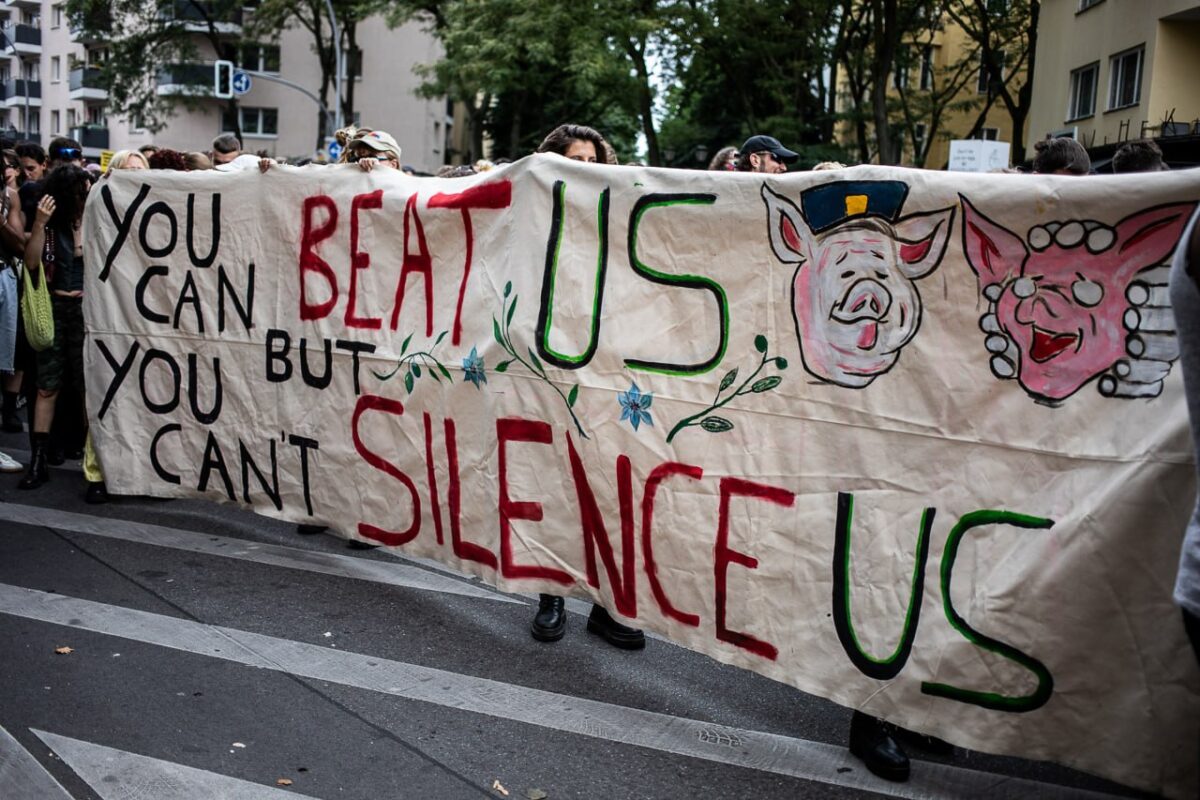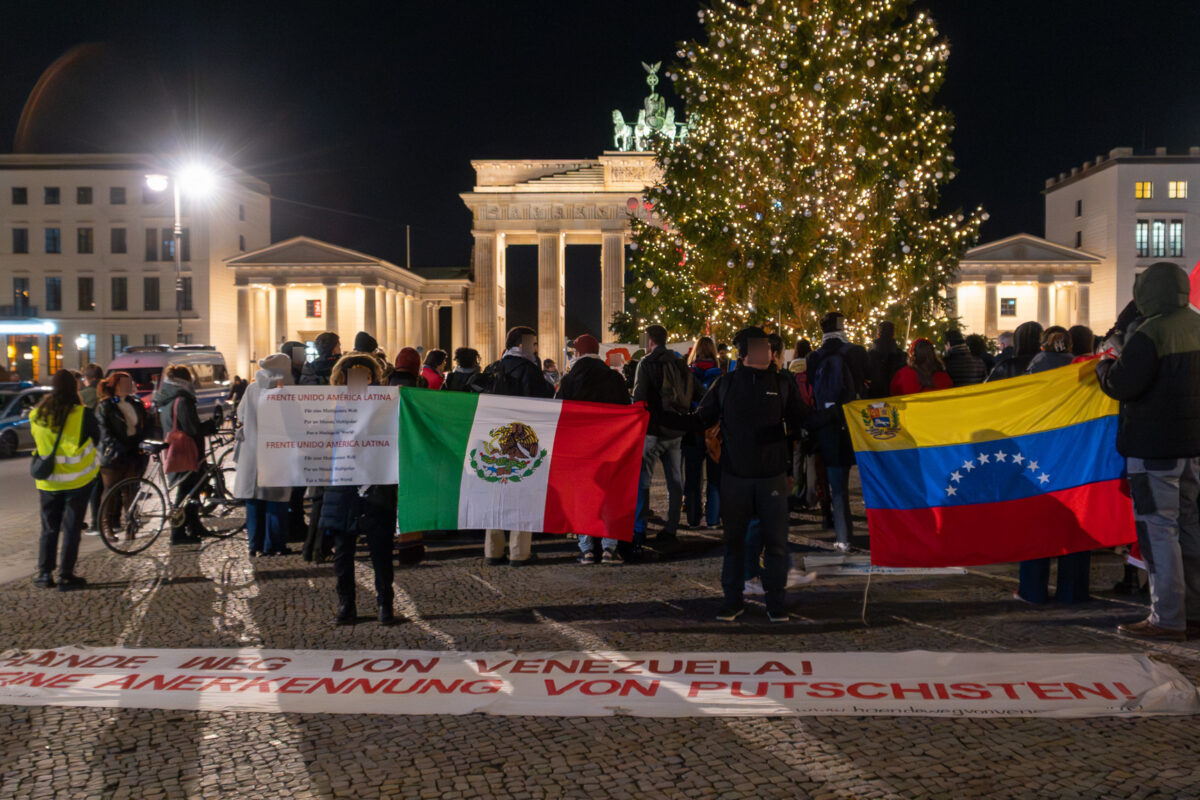Fortress Europe is gearing up
In March, a bizarre video of Hadja Lahbib, the EU Commissioner for Equality, Preparedness and Crisis Management went viral. In it, she shares the contents of her bag—filled with items needed to survive a crisis such as a lighter, a swiss army knife and canned food. The tone of the clip is whimsical, more like a Tik-Tok unboxing video than a warning about a future conflict.
In a similar, albeit slightly less cringey way, Sweden has distributed a brochure to help its citizens prepare for war and other emergencies. Finland and Norway have also issued crisis preparedness guides for their populations.
But it’s not just booklets and fun little comedy skits.
On July 18, 2025, the French Ministry of Health sent a letter to regional health agencies instructing hospitals to prepare for a potential major conflict by March 2026. In parallel, France will revamp the program of its “Defence and Citizenship Day” to include laser-tag exercises and training for military operations using virtual reality.
Poland has introduced mandatory firearms training for schoolchildren as young as 14, while Lithuania and Estonia are adding new programs that aim to teach children how to build and operate drones.
This is in line with the European Union’s initiative to establish a “drone wall” at its eastern borders.
An initiative proposed by Ursula Von der Leyen, President of the EU Commission, aims to mobilize up to €800 billion to strengthen Europe’s defence infrastructure. Interestingly, this initiative was called ReArm Europe before being rebranded as the less martial-sounding Readiness 2030.
Germany wants to be the strongest
In Germany as well, preparations are en marche. German Chancellor Friedrich Merz plans to make the Bundeswehr the “strongest conventional army in Europe.” In 2024, Germany’s military expenditure rose by 28 per cent to €77.6 billion, making it the world’s fourth-largest military spender. Military spending is planned to reach at least €152 billion by 2029.
Germany’s government has drafted a new military service law that should be implemented in 2026. Conscription will initially be voluntary. Crucially, however, it could become mandatory if needed: if too few people volunteer in a time of crisis, compulsory service could be reactivated—with simple parliamentary approval.
In recent months, high-ranking Bundeswehr officers have been visiting mayors and district administrators across Germany. Municipalities are being asked to prepare for the possibility of war by identifying key infrastructure such as bridges or emergency wells and planning for sabotage and attacks. Preparations also include restoring civil-protection facilities and bunkers as well as establishing evacuation plans. Some municipalities have already created secret committees to approve emergency administrative measures—though members of these committees report that they often lack the expertise required for the decisions they may be called upon to make.
Recently, a large-scale military exercise called “Red Storm Bravo” was held in Hamburg. The scenario simulated a Russian attack on the Baltic states, with NATO troops being transported via Hamburg’s port and infrastructure. The Bundeswehr also used mock demonstrators to train for the suppression of civilian protests against militarization.
All this takes place against the background of the so-called “Operation Deutschland” (OPLAN DEU). This Bundeswehr plan envisions Germany as a logistical hub for NATO operations in Europe and along its borders. In practice, this means facilitating the transport of NATO soldiers and military resources to Europe’s eastern borders, as well as the repatriation of troops and the wounded. Saxony and Thuringia, especially, will play a large role in this new war-ready Germany.
Climate activists are already warning that these war preparations could be exploited as an argument to push through unnecessary infrastructure projects, such as the A20, a highly controversial new highway in northern Germany.
The mood is setting in
As Victor Klemperer’s writings have shown, the Nazis didn’t just use violence and coercion to affirm their grip on power; they also reshaped everyday language to control thought.
“Words can be like tiny doses of arsenic: they are swallowed unnoticed, appear to have no effect, and then after a little time the toxic reaction sets in after all.”
Victor Klemperer, Language of the Third Reich
In Germany a new word seems to be on every lips: “Kriegstüchtigkeit”—which can be roughly translated to “war-readiness.”
As always, this is more than just a word – its repeated use by politicians and the media is a form of propagandist poison. War is not just a single event to prepare for, it is an ongoing situation that requires the cooperation of a whole society. For war to happen, people must be ready to fight, while others must cheer for the soldiers—or at the very least look away. It requires a profound change in culture. This is especially true in Germany, where the post WW2 mindset has been characterized by a deep mistrust of militarism.
Here’s another word that German politicians and media like to throw around: “Zeitenwende.” This “change of time”—from anti-miltiarism to militarism—is something the state cannot do alone. It first needs to convince its citizens that preparation for war is necessary; that anything else would be foolish.
Even if only 20% of Germans say they would be ready to fight for their country, the idea that war is coming has already been normalized. Forty-one percent fear the outbreak of a third world war. Not everyone may be on board yet, but the subject is firmly on people’s minds—and repeated use of keywords like “Kriegstüchtigkeit” is often enough to make a partisan idea feel like a hard reality to be addressed.
Anti-militarism: now more than ever
In a time of perceived permacrisis, with a war-hardened Russia at our doorsteps, the rearmament of Europe might seem like a necessary step. But is it really the only option?
Anti-militarism has always had something of a bad reputation. It is seen as a naïve position to which leftists retreat out of tradition, not facing the realities of the world. Yet it is exactly when states threaten war, that anti-militarism is most relevant.
Of course, it’s easier to advocate for anti-militarism sitting at a desk in Berlin than out of Kiev, Riga, or Warsaw. But arguing that we need more weapons to protect ourselves against war is like arguing that the population of the US needs more guns to defend itself against school shooters. Capitalism and nation states have failed to build the world of peace and diplomacy we were promised. We should not believe that they will fix the mess they created by arming themselves once again.
Anti-militarism is not a single ideology, but a complex gradient of ideas. Anti-militarism doesn’t mean pacifism (which is itself a complex set of ideas). It doesn’t mean lying down and playing dead. It doesn’t necessarily mean non-violence at all costs, a position that has been criticised as a privilege of the white middle class. Some anti-militarists do support specific forms of violence—such as violent protest against state infrastructure or revolution against oppression.
Now more than ever, it’s important to remind ourselves that anti-militarism is a valid, effective and powerful position. Here’s a few key points that might help us remember why:
1 – War doesn’t work
Wars almost never end with a decisive victory—they drag along, destroying whole countries and the lives of countless people, leaving a trail of destruction and trauma that reverberates for generations, often without achieving their declared objectives.
A 2011 study surveyed 323 cases of violent and non-violent resistances and found that nonviolent resistance succeeds twice more often than violent resistance.
Additionally, the assumption that once war breaks out, diplomacy is no longer effective, is wrong. Analysis of wars in recent decades shows that only two out of ten interstate wars end in victory and defeat. Three out of ten peter out or simmer along without a clear outcome.
Meanwhile, 1 out of every 2 wars is ended through negotiations.
2 – War corrupts societies
Preparing for war always requires a deep transformation of society. It is not just the production of weapons, but also the production of a war mindset—the othering of an imagined enemy—and the acceleration of hierarchical state-building. States at war are more likely to infringe on human rights by implementing authoritarian policies justified by a state of emergency.
Every cent spent for war is a cent not spent on public health, education, or culture. Instead, it inflates the power of the military-industrial complex. As noted by Alexandre Christoyannopoulos, a researcher on pacifism and nonviolence: “war economies become entrenched, generating their own self-reinforcing dynamics through well-oiled lobbying operations, revolving doors between the defence industry and policy-makers, funded collaborations with research institutes and universities, an appetite for cultural productions (such as films and series) shaped and censored by the defence establishment, and so on.”
According to Özlem Demirel, a representative of Die Linke at the European Parliament : “Under the guise of budgetary efficiency, we are currently witnessing an escalation of militarism. Each new joint structure serves as a pretext for additional investment, creating a spiral of expenditure that benefits only the military-industrial consortia. The supposed promised savings will turn out to be enormous costs for European taxpayers in the form of social cuts.”
3 – War leads to more war
More investment in military capabilities, even with the goal of “deterrence” poses serious risks. Chief among them are the dangers of a perpetual arms race and of escalation or miscalculation. This is especially worrying in the context of a potential war between nuclear powers, where a single miscalculation could lead to a world-ending conflict.
Moreover, the weapons built in Europe will not stay in Europe. Germany is the world’s fifth-largest arms exporter. German weapons, produced by the same companies that armed the Nazis, are found in many conflict zones around the globe, from Palestine to Yemen.
More weapons will always make the world a more dangerous place.
4 – War is avoidable
It is wrong to assume that individuals cannot influence foreign or peace policy. Peace policy can be shaped by public opinion, pressure groups, and social movements. This is especially true in Germany where the culture of anti-militarism has been strong since WW2.
An anti-militarism movement here doesn’t have to deconstruct an entrenched militarist mindset; it merely has to oppose the establishment of one and reaffirm to Germans why militarism is the wrong path.
Of course, there’s an argument to be made that what German society has long believed about itself is little more than smoke and mirrors. After all, this is the country that loudly vowed “never again” after the Holocaust, yet remains a staunch ally of Israel’s genocidal government. Still, compared to a country like France, Germany’s military since WWII has been weaker, less involved in military operations abroad, doesn’t possess nuclear weapons and, most importantly, is less embedded in the German national identity. Here, more than in France, there remains a greater potential for resistance: the chance to say no before it is too late.
What to do?
If you want a good place to start, you can join this protest.
You can also support the Rheinmetall Entwaffnen initiative. For more upcoming protests, this online map lists places of arms production in Germany as well as planned protests against militarisation.




